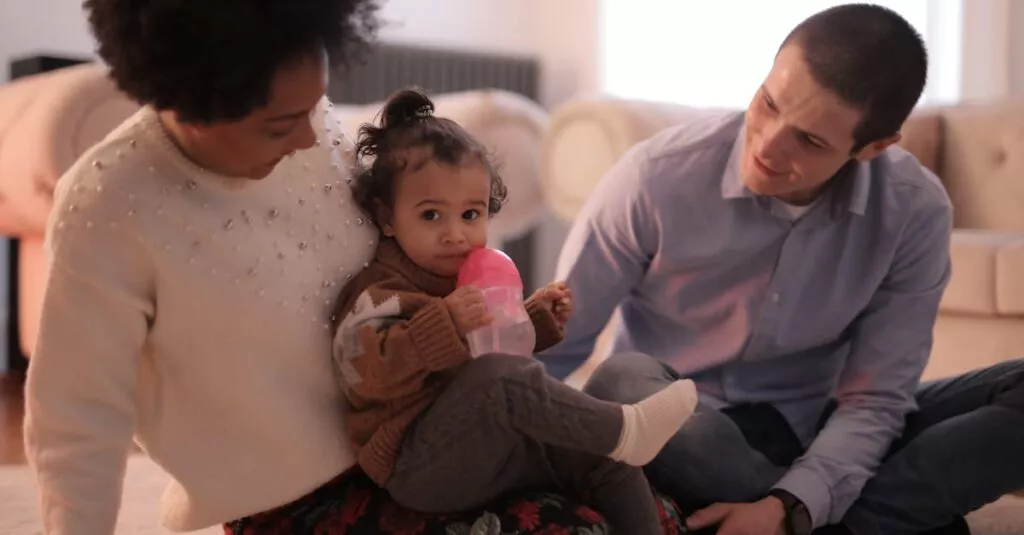The Puzzle of Picking Perfect Playthings
Navigating the toy aisle can feel like exploring a jungle. With so many options, how do you ensure your pick promotes your baby’s development and brings joy? Fear not! This guide offers insights and anecdotes to help you make informed choices, fostering your little one’s growth at every stage.

Enhance your child’s playtime by understanding the benefits of each toy. Whether it’s a classic building block set that boosts creativity or a colorful musical instrument that sparks a love for rhythm, every choice can contribute to their overall development.
Factors to Consider:
- Safety: Prioritize toys made of non-toxic materials with smooth edges to prevent injuries.
- Age Appropriateness: Select toys that match your child’s age to ensure they are both entertained and challenged.
- Educational Value: Look for toys that stimulate cognitive skills, language development, and problem-solving abilities.
- Interactivity: Opt for toys that encourage social interaction and imaginative play.
Personalizing Playtime:
Every child is unique, so observe your little one’s interests and strengths to tailor toy choices accordingly. Supporting their preferences can foster a love for learning and exploration.
Remember, the best toys are not always the latest trends but those that ignite laughter, curiosity, and growth. Enjoy this journey of discovery with your child!
Newborn to 3 Months: Sensory Exploration
In the initial months, your baby’s vision is fuzzy. High-contrast, black-and-white toys or soft, textured items can be fascinating. Try introducing a soft rattle or a plush toy with varied textures. These encourage sensory exploration without overwhelming your newborn.

3 to 6 Months: Gripping and Grasping Galore
As your baby begins to explore with their hands, toys that encourage gripping and grasping are key. Think lightweight rattles or silicone teething rings. These items not only soothe sore gums but also improve hand-eye coordination. My little one’s giggles with a simple rattle were music to my ears!

6 to 9 Months: Sit, Crawl, and maybe Walk
This period is all about mobility. Balls that encourage crawling or push-and-pull toys for those attempting to stand are fantastic. Interactive play mats also offer a variety of textures and gadgets for sensory exploration. Watching my munchkin chase a ball, albeit more rolling than crawling, was a sight to behold!

9 to 12 Months: Problem-Solving Prodigies
Problem-solving starts here. Simple puzzles or toys that require sorting shapes help sharpen these skills. Light-up musical toys can also be engaging, encouraging cause and effect understanding. Remember, it’s not just about the toy, but how your baby interacts with it that counts.

1 to 2 Years: Walking, Talking, and Pretending
Walking and talking take center stage during this developmental stage. Small push carts or walk-behind toys can help support mobility as your child explores their environment. Additionally, pretend play toys such as toy phones or cooking sets play a crucial role in igniting imagination and enhancing language skills. It’s always heartwarming to witness toddlers engage in pretend play activities like having phone conversations which can be surprisingly similar to our own!

Interactive Tools and Tips
Beyond choosing age-appropriate toys, consider storage and safety. Engage in play with your child; their expressions of joy and discovery are priceless. Finally, rotating toys can keep things fresh without constant new purchases. Your baby’s smile is the best review a toy can get.

